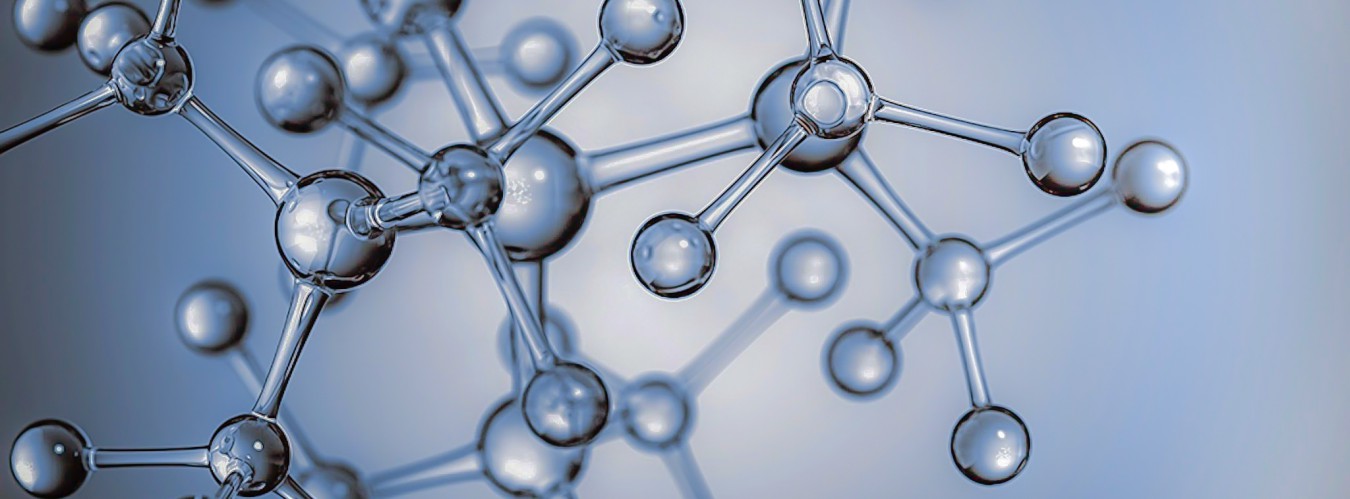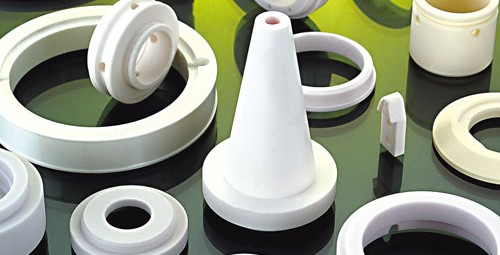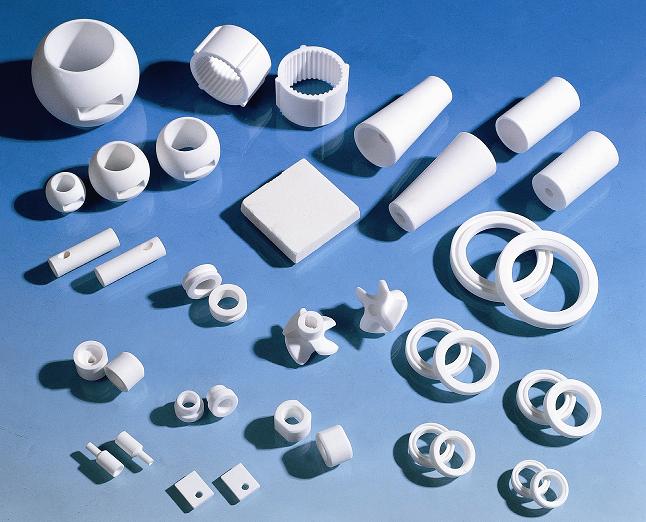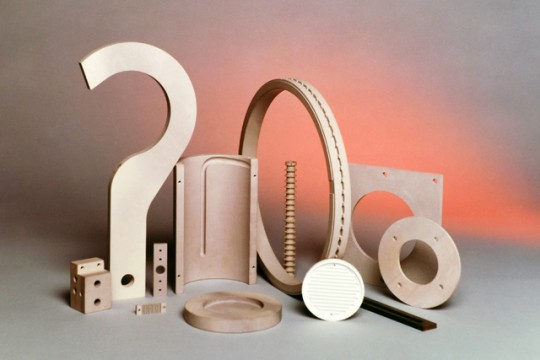Ceramics

Introduction: What are the structured ceramics?
Most advanced structural ceramics are based today on silicon nitride (Si3N4), silicon carbide (SiC), zirconia (ZrO2), or alumina (Al2O3).
Ceramic matrix composites are also increasing their applications as advanced structural ceramics. Silicon nitride, silicon carbide, and monolithic zirconias represent a family of materials rather than a single compound. A wide range of microstructures and characteristics can be adapted within each family, with modifications of the compositions or processed, to optimize the operation of the materials for specific uses.
Physical characteristics of ceramics
Advanced structural ceramics possess a combination of high-temperature capabilities, such as high mechanical strength, hardness, wear resistance, corrosion resistance, thermal shock resistance, abrasion resistance, and long-term durability. Figure 1 shows the voltage and temperature ranges for SiC, Si3N4 and ZrO2. Zirconia ceramics, which are used under conditions of high voltage and moderately high temperatures (up to 600 ° C), have the highest strength at low temperature. Although the low temperature hardness of silicon nitride is lower than for zirconia, silicon nitride maintains its characteristics up to 1200 ºC. Silicon carbide is somewhat weaker than silicon nitride over the entire temperature range, but maintains good hardness and abrasion resistance at the highest temperatures (1500 ºC)
The technology behind the ceramic manufacturing process
The relationship between the process and characteristics is especially critical for advanced structural ceramics, because the success of the process requires carefully controlled compositions and microstructures. Manufacturing is usually done in four steps:
- – Powder processing
- – Consolidation/formation
- – Densification
- – Finishing
The starting powders must be chemically pure and fine granulated. Then, depending on the forming and densification processes to be used, and the desired final characteristics and microstructure, the powders can be mixed with various additives. For example, the additives can be used to improve the flowability of dry powders to allow easier filling of the mold. Plasticizers can be added to improve the shaping of powder mixtures for certain types of forming operations. The binders are almost always added to the powder mixtures, especially those intended for dry forming, to improve the adherence of the fine particles of the powder and to give strength to the green part. (The green part refers to the compacted powders, formed by any process, which has not yet been densified.) Sintering additives are also necessary for covalent materials, particularly non-oxides, to improve the radii of densification.
Formation types
Once the powder and composition system has been processed, various techniques can be used to perform the shaping:
- Dry pressed (uniaxial or isostatic)
- Plastic forming (extrusion or injection molding)
In a dry pressing operation, the powders are fed in a die or a cavity and compacted under pressure. In general, the pressing can be divided into two categories: uniaxial (unipressed) and isostatic (isopressed).
In uniaxial pressing the powder is fed in a die and the pressure is applied externally along a single axis, which limits this technique to relatively simple forms. In isostatic pressing, the powder is fed into a compressible mold or bag and the pressure is applied uniformly in all directions by means of a liquid or a gas. “Slip casting” involves adding the ceramic powder to a liquid medium that is aqueous to produce a mixture that is poured into a porous mold.
After a while, the water in the mixture is absorbed by the mold and the result is a solid ceramic. This technique is most suitable for the production of low volume of relatively simple shapes and has traditionally been used for hollow or tubular components. Advances in blending, mold materials, and mold design have resulted in faster slip casting, allowing for thicker cross-section pieces and more complex shapes.
For plastic forming the ceramic powder is combined with plasticizers such as thermoplastic resins and other additives to make a mixture that is deformable under pressure. This mixture heats up slightly, improving plasticity, and pieces are obtained by extrusion or injection molding. Extrusion is a continuous process, which allows a high volume of parts to be obtained, but is limited to forms that have a constant cross section, axis, bars and tubes. Injection molding is a high volume process capable of producing complex shapes, but the costs of tooling for the molds can be very high.
Regardless of the consolidation method used, the formed or green part should generally undergo a burn-in process prior to densification to remove the binders, plasticizers, and other decomposable additives that were added into the blends.




